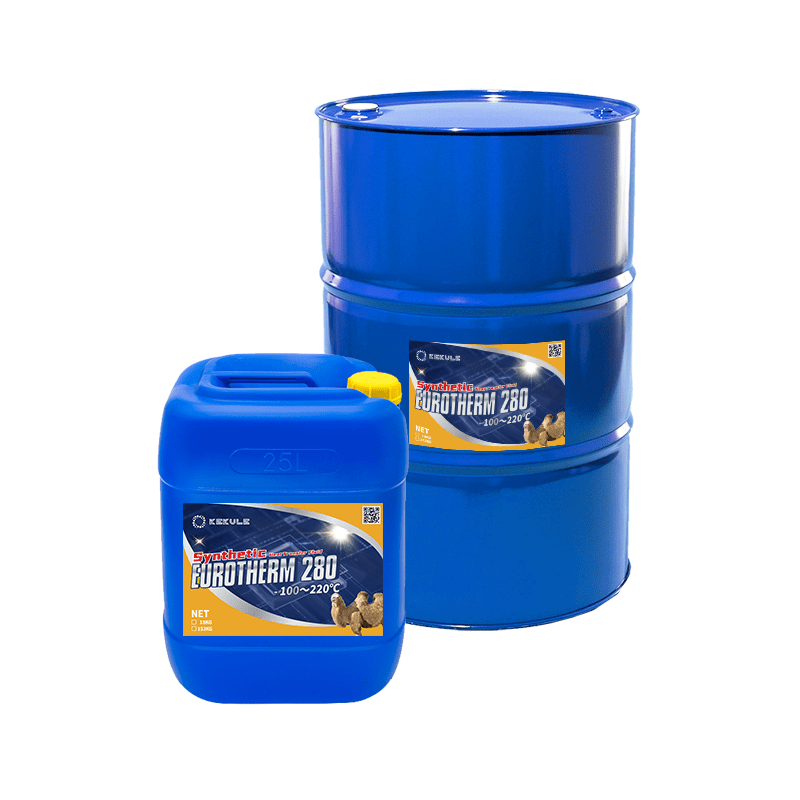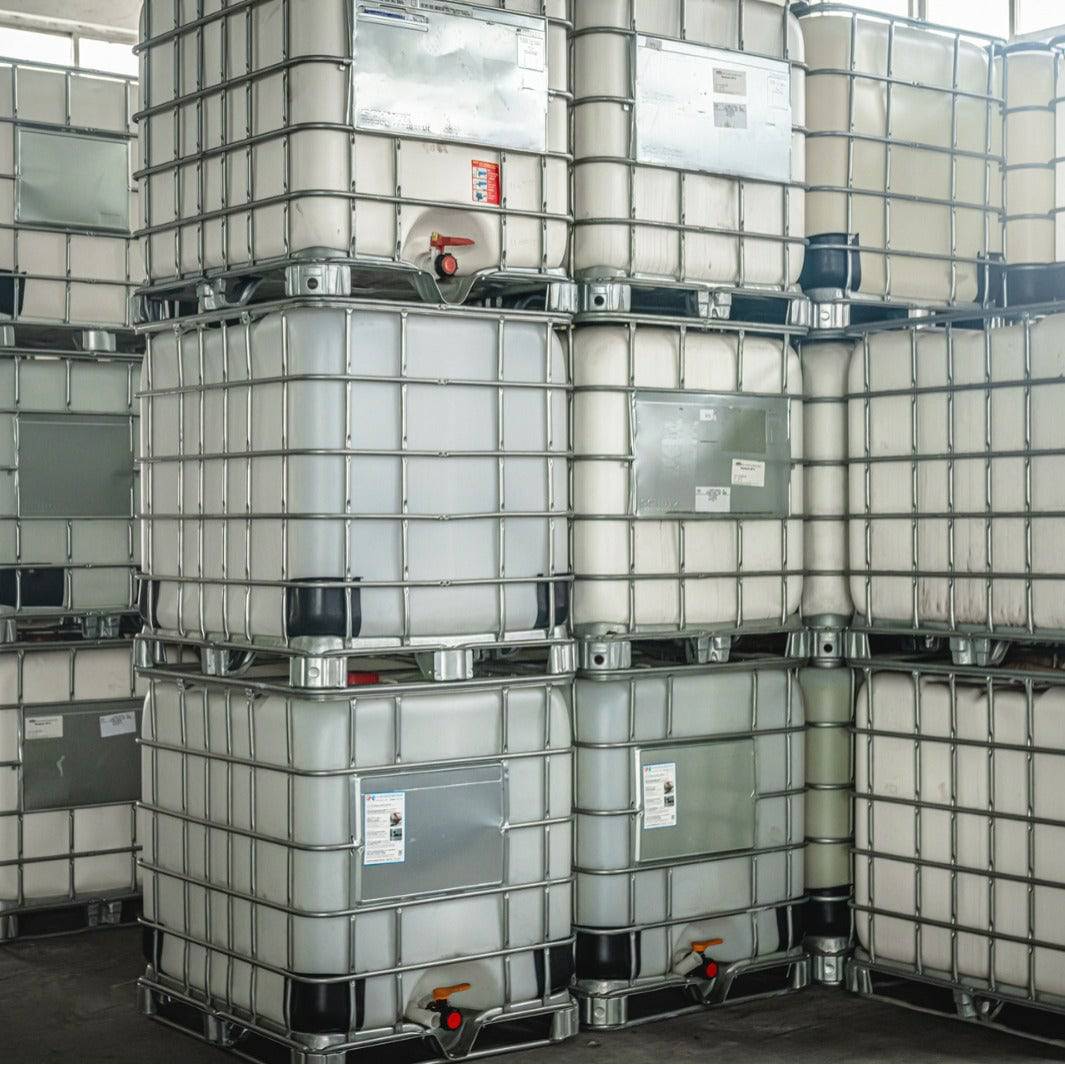The 6-Minute Rule for Chemie
Chemie Fundamentals Explained
Table of ContentsHow Chemie can Save You Time, Stress, and Money.Our Chemie Ideas7 Easy Facts About Chemie ShownThe Buzz on ChemieNot known Factual Statements About Chemie The Only Guide for Chemie
By Bojanna Shantheyanda, Sreya Dutta, Kevin Coscia and David SchiemerDynalene, Inc. Fluid cooling, which can be accomplished using indirect or direct methods, is made use of in electronics applications having thermal power densities that might surpass risk-free dissipation through air cooling. Indirect fluid cooling is where warmth dissipating digital components are literally divided from the liquid coolant, whereas in case of straight cooling, the components remain in direct contact with the coolant.In indirect cooling applications the electric conductivity can be crucial if there are leaks and/or splilling of the liquids onto the electronic devices. In the indirect air conditioning applications where water based fluids with rust inhibitors are usually used, the electrical conductivity of the fluid coolant mainly relies on the ion concentration in the liquid stream.
The boost in the ion focus in a closed loophole liquid stream may happen because of ion seeping from metals and nonmetal parts that the coolant fluid is in contact with. During procedure, the electrical conductivity of the fluid may raise to a level which can be damaging for the air conditioning system.
The Definitive Guide for Chemie
(https://issuu.com/chemie999)They are bead like polymers that can trading ions with ions in a service that it touches with. In today job, ion leaching tests were performed with numerous metals and polymers in both ultrapure deionized (DI) water, i.e. water which is dealt with to the highest possible levels of pureness, and reduced electrical conductive ethylene glycol/water combination, with the gauged change in conductivity reported with time.
The samples were enabled to equilibrate at area temperature for two days prior to taping the preliminary electrical conductivity. In all tests reported in this study fluid electric conductivity was measured to a precision of 1% using an Oakton disadvantage 510/CON 6 collection meter which was calibrated before each measurement.
Some Known Details About Chemie
from the wall home heating coils to the facility of the heating system. The PTFE example containers were positioned in the furnace when stable state temperature levels were gotten to. The examination arrangement was removed from the furnace every 168 hours (seven days), cooled to space temperature with the electrical conductivity of the fluid gauged.
The electric conductivity of the fluid sample was monitored for a total amount of 5000 hours (208 days). Schematic of the indirect shut loophole cooling down experiment set-up. Components used in the indirect shut loophole cooling down experiment that are in call with the fluid coolant.

Chemie - The Facts
During operation the fluid reservoir temperature was maintained at 34C. The modification in fluid electric conductivity was checked for 136 hours. The liquid from the system was collected and stored. Similarly, closed loop examination with ion exchange material was accomplished with the exact same cleansing procedures utilized. The initial electrical conductivity of the 230ml UP-H2O in the system measured 1.84 S/cm.

0.1 g of Dowex material was included to 100g of fluid samples that was absorbed a different container. The combination was stirred and alter in the electric conductivity at area temperature was determined every hour. The gauged change in the electrical conductivity of the UP-H2O and EG-LC test liquids containing polymer or metal when engaged for 5,000 hours at 80C is revealed Number 3.
The Main Principles Of Chemie
Figure 3. Ion leaching experiment: Measured modification in electrical conductivity of water and EG-LC coolants consisting of either polymer or steel samples when immersed for 5,000 hours at 80C. The outcomes suggest that steels added fewer ions into the fluids than plastics in both UP-H2O and EG-LC based coolants. This could be because of a thin metal oxide layer which might act as a barrier to ion leaching and cationic diffusion.
Fluids containing polypropylene and HDPE displayed the least expensive electrical conductivity modifications. This can be as a result of the short, inflexible, direct chains which are much less likely to add ions than visit this website longer branched chains with weaker intermolecular pressures. Silicone also executed well in both test liquids, as polysiloxanes are generally chemically inert due to the high bond energy of the silicon-oxygen bond which would certainly stop degradation of the product right into the fluid.
Chemie Fundamentals Explained
It would certainly be anticipated that PVC would produce comparable outcomes to those of PTFE and HDPE based upon the comparable chemical structures of the materials, nevertheless there might be various other impurities present in the PVC, such as plasticizers, that may impact the electric conductivity of the liquid - fluorinert. In addition, chloride teams in PVC can likewise leach right into the test liquid and can cause an increase in electrical conductivity
Buna-N rubber and polyurethane revealed indications of deterioration and thermal decay which suggests that their feasible utility as a gasket or adhesive material at greater temperatures can bring about application problems. Polyurethane entirely disintegrated right into the test liquid by the end of 5000 hour examination. Number 4. Before and after pictures of steel and polymer samples submersed for 5,000 hours at 80C in the ion seeping experiment.
Calculated modification in the electric conductivity of UP-H2O coolant as a function of time with and without resin cartridge in the closed indirect cooling loophole experiment. The measured change in electrical conductivity of the UP-H2O for 136 hours with and without ion exchange resin in the loophole is displayed in Number 5.